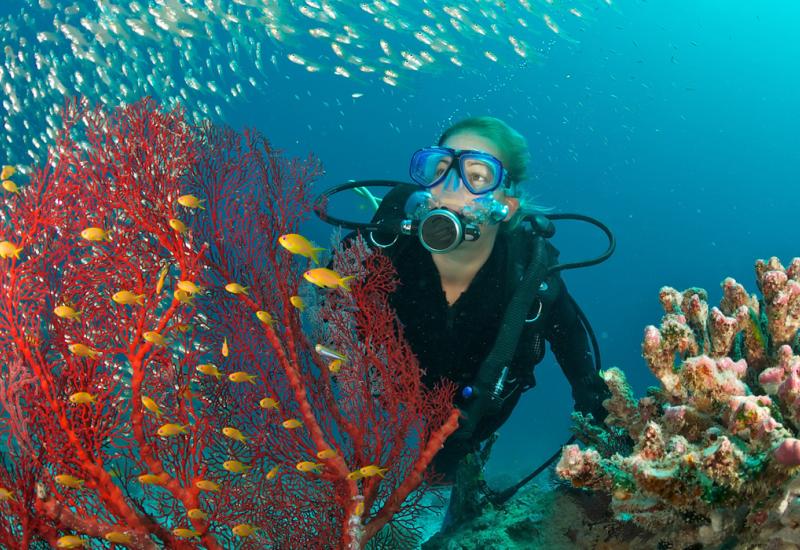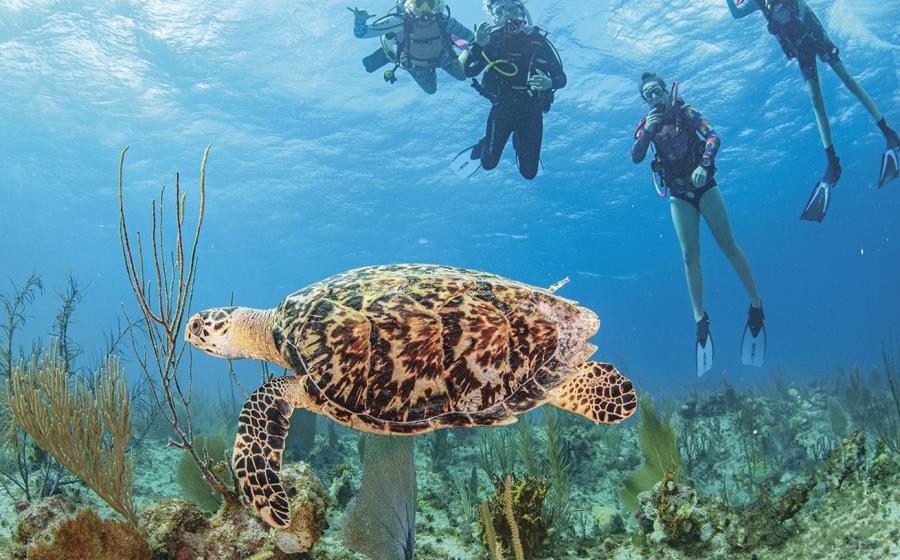The Jackpot - Sardine Run, South Africa
The Jackpot Sardine Run, South Africa
For thrill-seeking divers, Sardine Run is the marine equivalent of the grand lotto jackpot. This is where you either drop a bunch of money, plus your hard-earned vacation time, and you go home empty-handed after sitting around for a week or your lucky number turns up, and you get the rush of a lifetime. It's high-stakes gambling for adrenaline junkies.
The Sardine Run is triggered by a simple movement of small fish following warm currents that creep up the remote east coast of South Africa each June and July. Some years, those currents don't travel very far up the coast, and other years, they're forceful and deep. In those years, divers sit around and tell stories, while well-paid pilots scan the ocean from small planes and ultralights for signs of activity. Some years, bitter storms batter the coast for weeks on end, and nobody knows what the fish are doing. But when conditions are just right, a chain of events builds up to one of the wildest spectacles in the natural world.
It starts when a pod of common dolphins manages to break off a portion of the sardine shoal and drive it to the surface. There it is detected by patrolling seabirds, and soon gannets are raining from the sky like a hailstorm, plunging into the water and snatching up the sardines. The commotion soon attracts other predators tuna, sailfish, bottlenose dolphins, sharks, seals and sometimes whales. Bryde's whales can expand their throat pleats and engulf an entire school of sardines. Killer whales might charge through and pick off dolphins. Humpbacks just cruise by on their northward migration. There might be a few sharks, or dozens, or even hundreds. It's the natural order at its most raw and most brutal, and it is not for the faint-hearted, unfit or inexperienced.
Quick Guide Blue Wilderness Expeditions runs weeklong, shore-based expeditions. Diving takes place from 23- and 30-foot rigid-hull inflatable boats. The normal base of operations is East London, South Africa (international arrivals via Johannesburg), but the whole operation may move depending upon where the action is. Nitrox is normally available. All dive guides are PADI certified.










